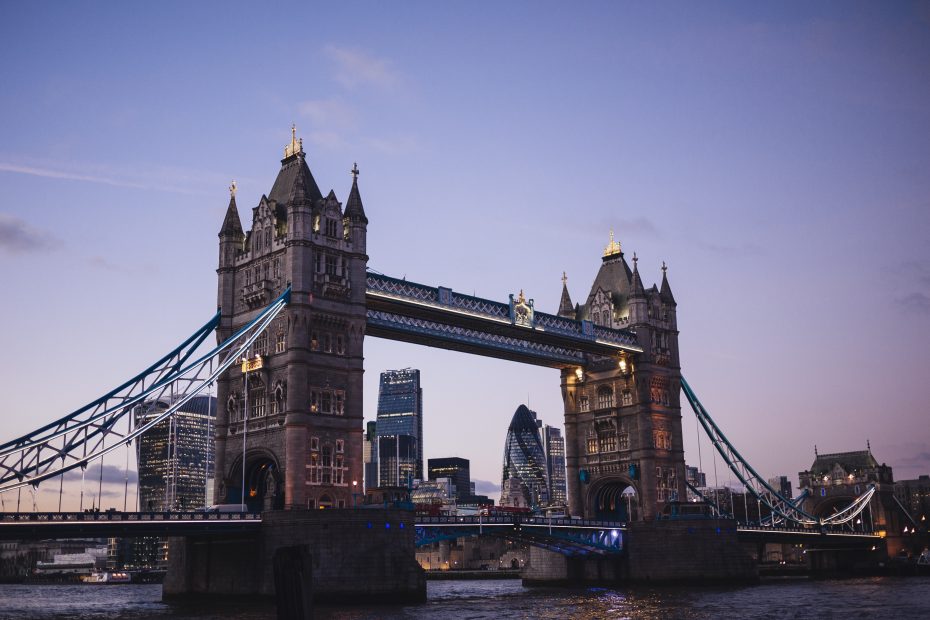The United Kingdom boasts a rich and varied food heritage filled with iconic staples and regional specialties. From full English breakfasts to afternoon tea, the country’s culinary traditions offer a delicious taste of history and culture. This article explores some of the quintessential foods and beverages that embody the spirit and identity of British cuisine.
Table of Contents
Iconic British Dishes
A few dishes stand out as true classics that are synonymous with British food culture. The hearty full English breakfast – fried eggs, sausages, bacon, baked beans, mushrooms, tomatoes and toast – is a staple meal across the UK. Fish and chips, featuring battered cod or haddock and thick-cut chips, originated in the 1860s and remains iconic pub grub. The Sunday roast dinner is a centerpiece of British cooking, often featuring prime rib served with Yorkshire pudding, roast potatoes, vegetables and gravy. Yorkshire pudding – a popover baked in the drippings of the roast – is a beloved specialty. Pie and mash shops serving traditional minced beef pies with mashed potatoes and parsley liquor are a legacy of London’s East End. And the handheld Cornish pasty filled with beef, potato and other vegetables originated as a lunch for tin miners.
Classic British Sweets
Amazing baked goods and candy confections highlight Britain’s sweet tooth. Sticky toffee pudding, a moist sponge cake covered in gooey toffee sauce, is a much-loved dessert. Victoria sponge cake, often filled with jam and cream, is light and fluffy. Sherbet lemons, fizzy hard candies, have been popular since the 19th century. And Jaffa cakes, the chocolate-coated orange flavored cakes, sparked a debate about whether they count as cookies or small cakes (the cake won!).
Afternoon Tea
The ritual of afternoon tea emerged in the 1840s, influenced by Anna, Duchess of Bedford, who started taking tea and snacks in the late afternoon to tide her over until dinner. Traditional afternoon tea features finger sandwiches, scones served with clotted cream and jam, and bite-sized cakes and pastries. Magnificent settings like the Ritz London or Claridge’s hotel serve up elaborate spreads. For many, no trip to the UK is complete without partaking in this beloved custom.
Pubs and Beer
Pubs have been an integral part of British social life for centuries. The term real ale refers to cask-conditioned beer served from the cellar without added carbonation. Bitter, mild, and stout are classic beer styles originally developed in the UK. India Pale Ale (IPA), Extra Special Bitter (ESB), and porters are also British brewing innovations that sparked the craft beer revolution. Visiting the pub for a pint remains a popular pastime.
Iconic Non-Alcoholic Drinks
Of course, tea is the quintessential British beverage, with a deep cultural legacy tied to breakfast, afternoon tea and time with family and friends. Unique regional soft drinks like Irn-Bru, the bright orange Scottish soda, have cult followings.
Regional Specialties
Different areas of the UK have their own iconic foods. Haggis, Scotland’s savory pudding of sheep organs, oats and spices, is served on Burns Night. Sweet Welsh cakes and dense fruit-filled Bara brith bread hail from Wales. Northern Ireland boasts soda bread and potato bread specialties.
The Revival of British Cuisine
In recent decades, increased emphasis on high quality local ingredients and artisanal food production has sparked new interest in British cuisine. Celebrity chefs like Jamie Oliver have helped showcase the diversity of flavors and traditions that make up the food heritage of England, Scotland, Wales and Northern Ireland. While staying true to its roots, the cuisine continues to evolve.
Conclusion
From hearty pub fare to delicate afternoon tea service, Britain’s food and drink culture offers a delicious taste of history and tradition. Regional specialties combined with innovative new twists on classics ensure that the iconic flavors of the UK will continue satisfying palates for generations to come. The rich diversity of British cuisine reflects the identity of a nation.
FAQs
What are some classic examples of British food?
Some classic British dishes include fish and chips, the full English breakfast, Cornish pasties, and roast dinners with Yorkshire pudding.
Where did afternoon tea originate?
Afternoon tea originated in Britain in the 1840s after Anna, the Duchess of Bedford, started taking tea and light snacks in the afternoon. It became a widespread upper class custom.
What makes real ale unique?
Real ale refers to cask-conditioned beer served from the cellar without added carbonation. It goes through a secondary fermentation in the cask giving it a fresh, natural flavor.
Why has interest in British cuisine grown recently?
The increased use of local, seasonal ingredients and creative approaches from celebrity chefs have helped spark new interest in traditional and modern British cooking.
What are some examples of regional British foods?
Some British regional specialties include haggis from Scotland, Welsh cakes, Northern Irish soda bread, and Cornish pasties.
